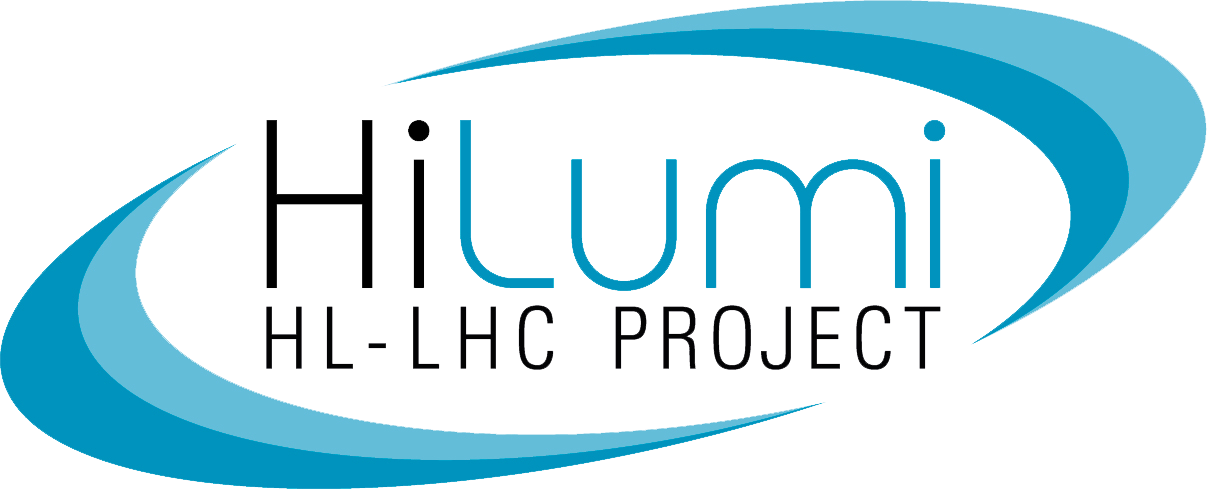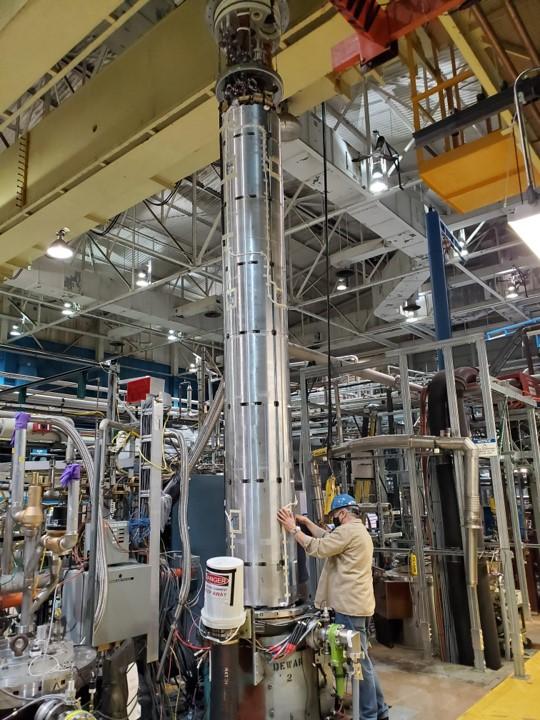The US Accelerator Upgrade Project (US-HL-LHC AUP) and CERN are designing and fabricating superconducting quadrupole magnets (MQXF) for a new interaction region of the High Luminosity Large Hadron Collider (HL-LHC). The Nb3Sn quadrupole magnets operate in superfluid He at 1.9 K, providing an integrated gradient of 556.9 T at nominal current (7 TeV operations).
As part of quality control, each MQXFA magnet built by AUP is vertically tested at Brookhaven National Laboratory prior to their final assembly into a cold mass made up of two magnets. The test is performed at 1. 9 K, ramping the current beyond the nominal value of 16,230 A (HL-LHC operation current). Each MQXFA magnet needs to meet several functional requirements to demonstrate that it can be used in the LHC tunnel.
Two of these are particularly important:
- The MQXFA magnet must be capable of operating at steady state. This requirement is verified operating the magnet at 16,230 + 300 A (margin) for 5 hours.
- The magnet is then warmed up to room temperature and cooled down again at 1.9 K. After this process (thermal cycle), the MQXFA magnets need to be able to reach the nominal operating current with no more than 3 quenches.
Twenty MQXFA magnets will be fabricated by the US-HL-LHC AUP project, assembled into ten cold masses, which will be cryostated and tested horizontally before delivery to CERN. MQXFA05 is the third magnet that has been fabricated by AUP. The magnet was successfully tested at 1.9 K, and it reached nominal operating current in 5 quenches (see Figure 1). It was then able to hold 16,530 A current for 5 hrs. It also demonstrated perfect memory after a thermal cycle, reaching 16,230 A with no quench.
The vertical test of magnet MQXFA06 is current underway. So far, MQXFA06 can successfully hold nominal current plus margin for 5 hours, demonstrating that it can operate at steady state.
Figure 1: The magnet, which was successfully tested at 1.9 K, reached nominal operating current in 5 quenches
By Maria Baldini, Fermilab.

